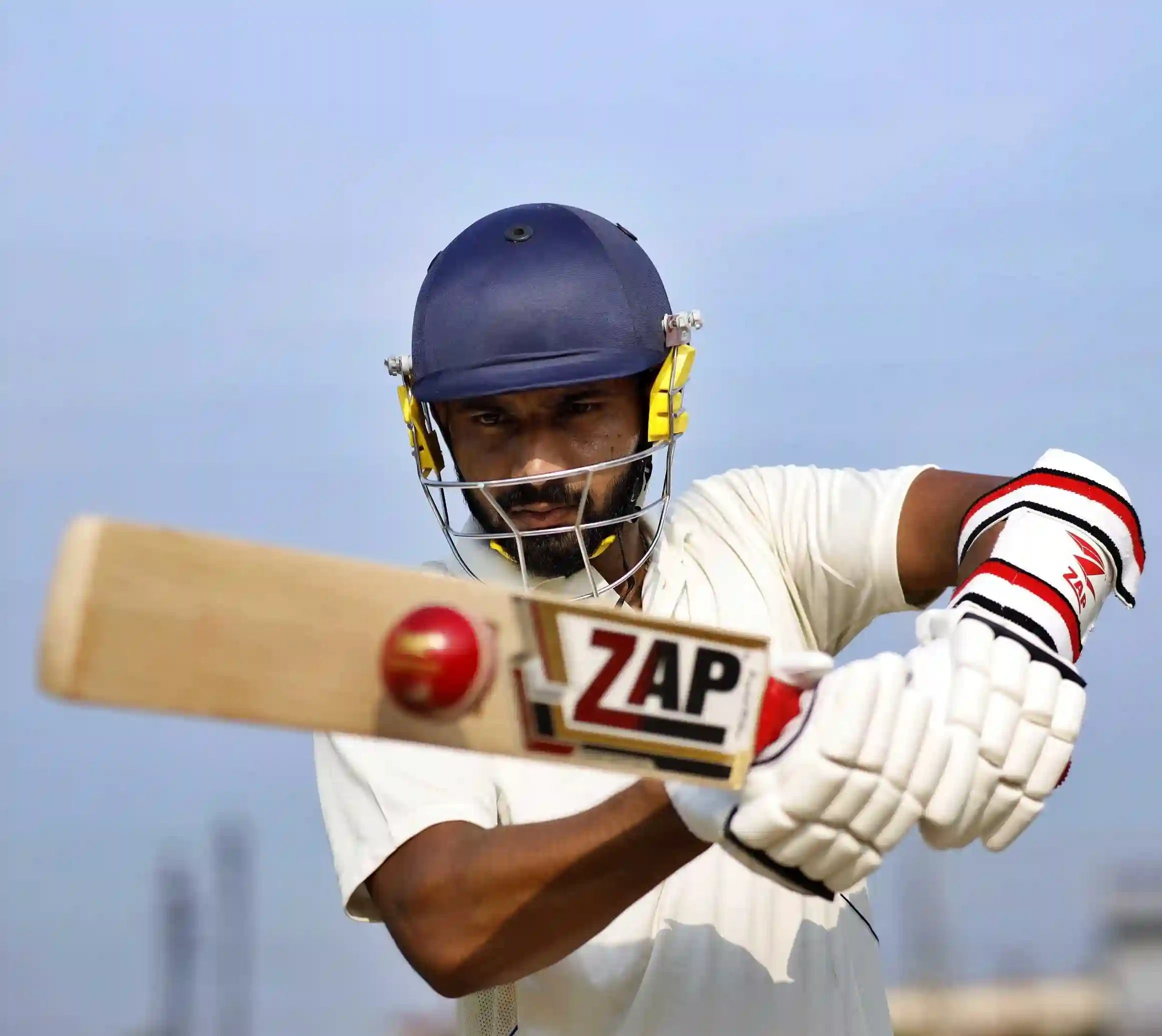Do you know what makes Sir Don Bradman the greatest batsman of all time?
It’s the unreal numbers that he produced throughout his playing years. Though his impact upon the sport is way above and beyond just the runs he scored, these stats suggest how legendary he was on the pitch.
Statistics are the best way you can assess a player’s performance in any sport. The goals they score in a football match, the points they drop in a basketball game and the aces you hit in a tennis match all count. Data in today’s world is the new oil, and every move or strategy that is made on the field is a result of multiple calculations. In cricket batting is one of the most important facets of the game, where each team plays to outscore each other, calculating batting average plays a major role in understanding the best batting position for a batsman. This calculation can help your team formulate the best strategies and score the most runs in the game.

In today’s lesson of ZAP Explains, let’s dive deep and learn more about this statistic.
What is Batting Average?
As the name suggests, batting average in cricket is the amount of runs scored by a player per innings he plays. The calculation is simple, it is the runs scored divided by the number of times the batsman has been dismissed. It is a numeric representation of how a player has performed over a given series, a time period or throughout his career and holds the power to provide an insight into a player’s ability to perform and score for the team. With the ZAP Cricket bats in your hand, feel confident of scoring valuable runs for your team and excel at every format.
Importance of Batting Average:

Credit: ICC Cricket
It measures overall performance, consistency, and dependability. A batsman with a score per match is likely to be able to stay in the crease, form partnerships, and considerably increase the team's overall run total. You can see Virat Kohli’s batting average always at a high, when playing and specially chasing a target. The numbers stand at 57.3 Runs per innings, one of the best batting averages in ODIs, 48.7 runs per innings in tests and 52.7 Runs per innings in T20Is for the Indian cricket team. He always turns up for his team and scores big runs when the team needs it. Don Bradman was a specimen of a batsman in his time. He had the highest batting average in test matches ever recorded, with 99.94 runs per innings. That's nearly 100 runs per innings, that is greatness personified! For a minimum of 100 matches played, Babar Azam has scored 59.17 runs per match, which is the highest batting average in ODIs.

Credit: Hindustan Times
How to Calculate Batting Average in Cricket Matches:
The formula for this calculation is easy and straightforward. Just divide the total runs scored, by the number of times a player has been dismissed.
Batting Average = Total Runs / Number of Dismissals
Let's consider an example to better understand this calculation. Suppose player X has scored 1,500 runs in 30 innings and has been dismissed 10 times. Using the formula, we get:
Batting Average = 1,500 runs / 10 dismissals = 150
So, X’s scores 150 runs per inning, which is humongous and very unrealistic for a player to achieve.
Factors affecting and how to improve your average?

Credit: Turning Point Management
There are various factors that can affect the runs you score per innings:
- The pitch you play upon
- The bowlers you face
- Spinners or pacer
- The format of the game
Some players score runs easily when facing spinners while some are good at playing pace bowling. Some are good at power hitting in cricket which suits the T20 format while some like Cheteshwar Pujara are gods at defensive stroke play. The best way to improve the runs you score on the pitch is consistent practice and a holistic approach to your batting technique and practice. Start playing against spin and pace bowling both until you get better at both. Practice for all formats. Practice power hitting for the shorter format or for death overs and punches, defensive and strike rotation for longer formats.
Conclusion:
Though numbers may not be the only true method of evaluating a cricketer’s true impact on the game, they are a valid method of doing so. In the modern game, the numbers, data and stats are what runs the game and having a high batting average is a testament of how good of a batsman you are!



Share:
Cricket Bat Knocking Tips: Boost Your Game
Most Centuries in Cricket: Dominating the Pitch